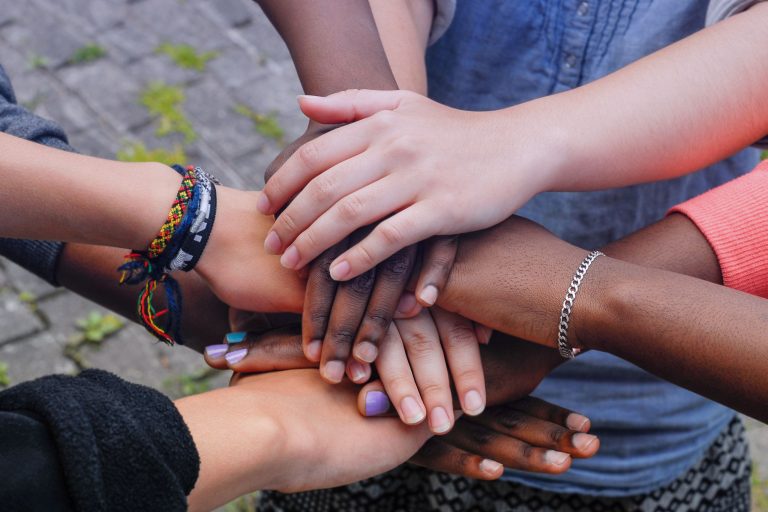Hope Empowerment Coalition Elevates Student Voice in Suicide Prevention
In 2024, the Western Wayne Suicide Prevention Coalition shared ambitious plans to strengthen mental health support across nine Wayne County school districts. Today, the coalition has a new name, new energy, and measurable progress toward those goals.
Now known as the Hope Empowerment Coalition, the group’s refreshed identity reflects its mission to reduce stigma and instill optimism. “We want to empower schools, students, and communities,” says Brian Galdes, the coalition’s Suicide Prevention Coordinator. Galdes leads the effort through a partnership with GrowthWorks, the behavioral health agency that funds his role and provides long-term support for coalition initiatives.
Student leadership at the center
One of the most significant developments is the launch of Students vs. Stigma, a new student council with representatives from each of the coalition’s 19 high schools. Students are designing their own leadership structure, creating a logo, and planning initiatives — including a large event at the end of 2025 that will bring together high schoolers from across the region.
The council will also serve as a vital link to the coalition’s adult steering committee, ensuring that student perspectives directly inform decisions. “Their conversations are impressive,” Galdes says. “They are smart, wise, and deeply committed to making change.”
Evidence-based programs underway
Districts are now implementing Hope Squad and Be Nice, two evidence-based mental health awareness and suicide prevention programs. Supported by a three-year funding commitment from GrowthWorks, these programs train student leaders to recognize when peers may be struggling and guide them toward trusted adults and resources.
Smoother transitions after crisis
Another new focus is creating supportive systems for students returning to school after a mental health crisis. Schools, hospital emergency departments, residential treatment providers, and community agencies are working together to improve communication and ease transitions for students and families. The goal is to replace past gaps in coordination with seamless, compassionate support.
A growing regional and statewide impact
The coalition’s annual November conference again reached capacity, drawing about 450 participants — including educators and health professionals from districts outside the coalition. Interest is also growing at the state level: both the Michigan Department of Education and the Department of Health and Human Services are exploring ways to replicate the coalition model elsewhere.
Looking ahead
Galdes emphasizes that progress will take time. “This is a marathon, not a sprint,” he says. “But we believe that by centering student voice, supporting schools, and bringing the community together, we can move the needle on youth mental health.”
The Hope Empowerment Coalition’s work illustrates how students, educators, health systems, and community partners can come together to build resilience — and to ensure young people know that hope is within reach.
If you or someone you know is struggling, help is available. Call or text 988 for the Suicide & Crisis Lifeline.
Learn more about the Hope Empowerment Coalition.

